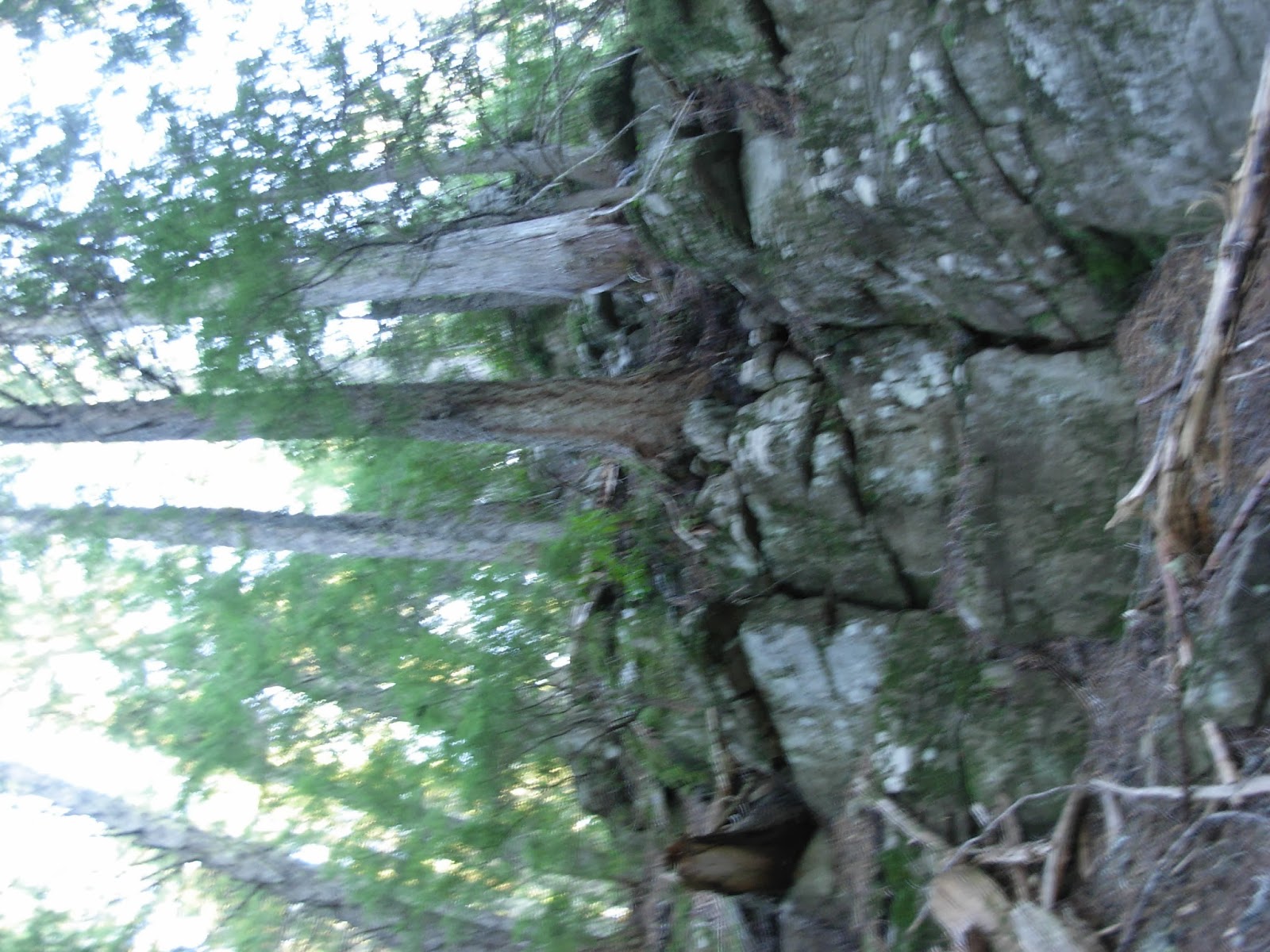SCHOOL IS OFFICIALLY CLOSED FOR FRIDAY, FEBRUARY 7!!!
Now that report cards are done, we're ready to make some changes to finish off the year.
First:
Homework.
Homework is not an option. You must spend 50 minutes every night. Do not tell your parents, "I don't have any," or, "I finished it." Find something to do. You could organize your binder. You could read. You could find an unfinished assignment. Not a single student had 100% assignment completion which means that 100% of the students had homework!
Big Idea, Geography and Spelling will be reviewed and you are expected to complete it correctly.
Second:
Math.
We're going to change the math schedule a little. There are fourteen units of study that we will complete between now and the end of May. I'll post the unit each week so you can work ahead if you want. There will be more independent work and more group work. I expect you to use your time intelligently.
Math Standards This Week:
You can Google the standard: "5.NF.1" to look for help on each one.
5.NF.1 I can add and subtract fractions with unlike denominators, including mixed numbers. We've been working on this, so it's mostly review.
- Adding and subtracting fractions with fraction bars.
- Adding and subtracting fractions with area models.
- Adding and subtracting fractions with unlike denominators.
- Adding and subtracting mixed numbers.
5.NF.2 I can solve word problems with fractions and assess the reasonableness of my answers.
- Adding and subtracting fractions.
- Assessing the reasonableness of my answers.
- Solving word problems with fractions.
- Solving word problems with the same whole (#1).
- Solving word problems with the same whole (#2).
5.NF.3























































